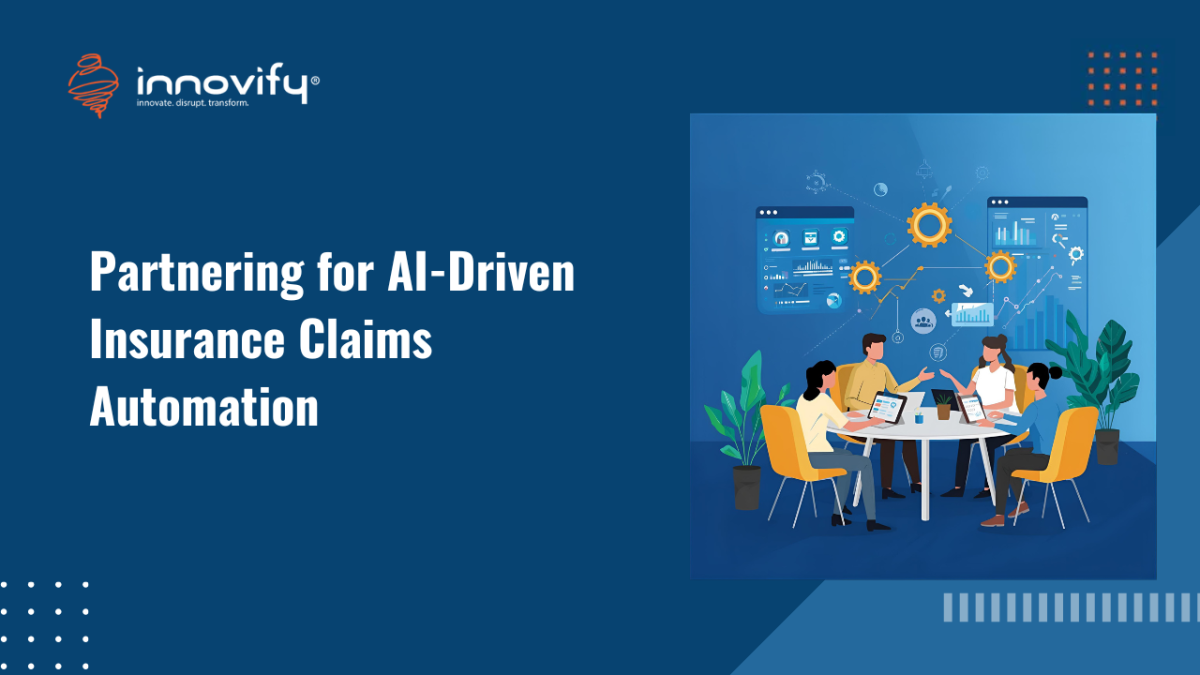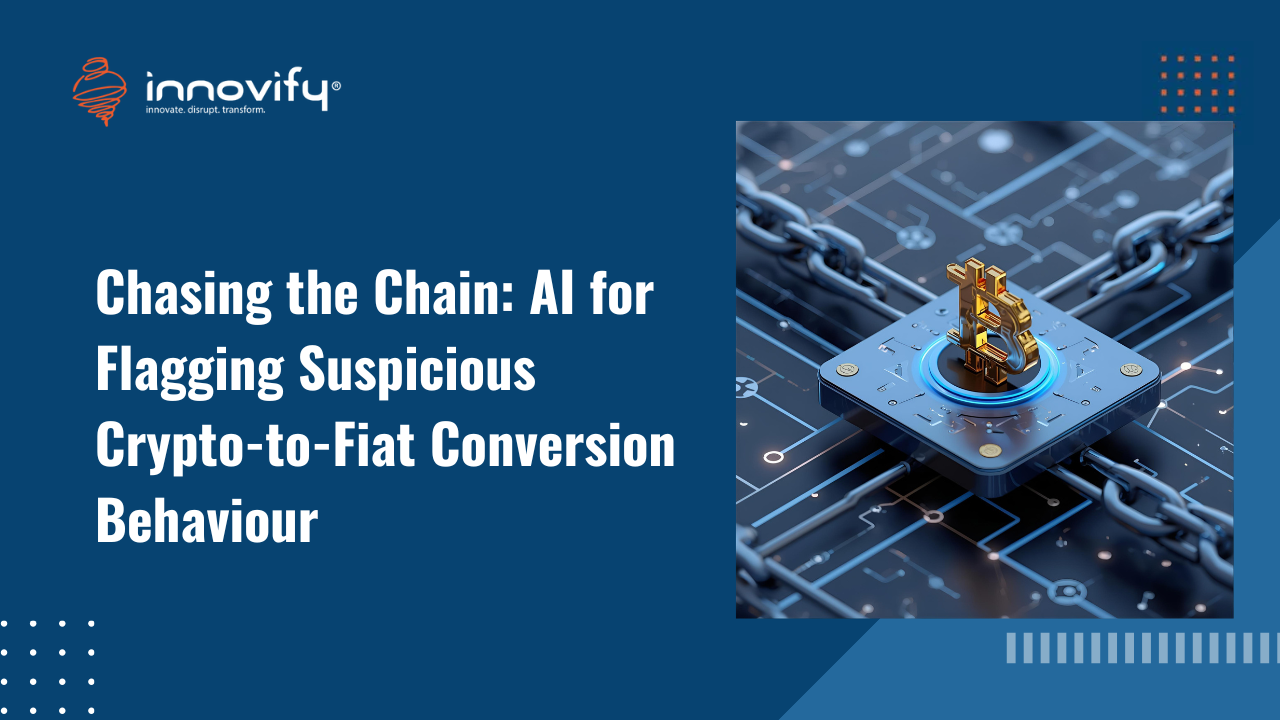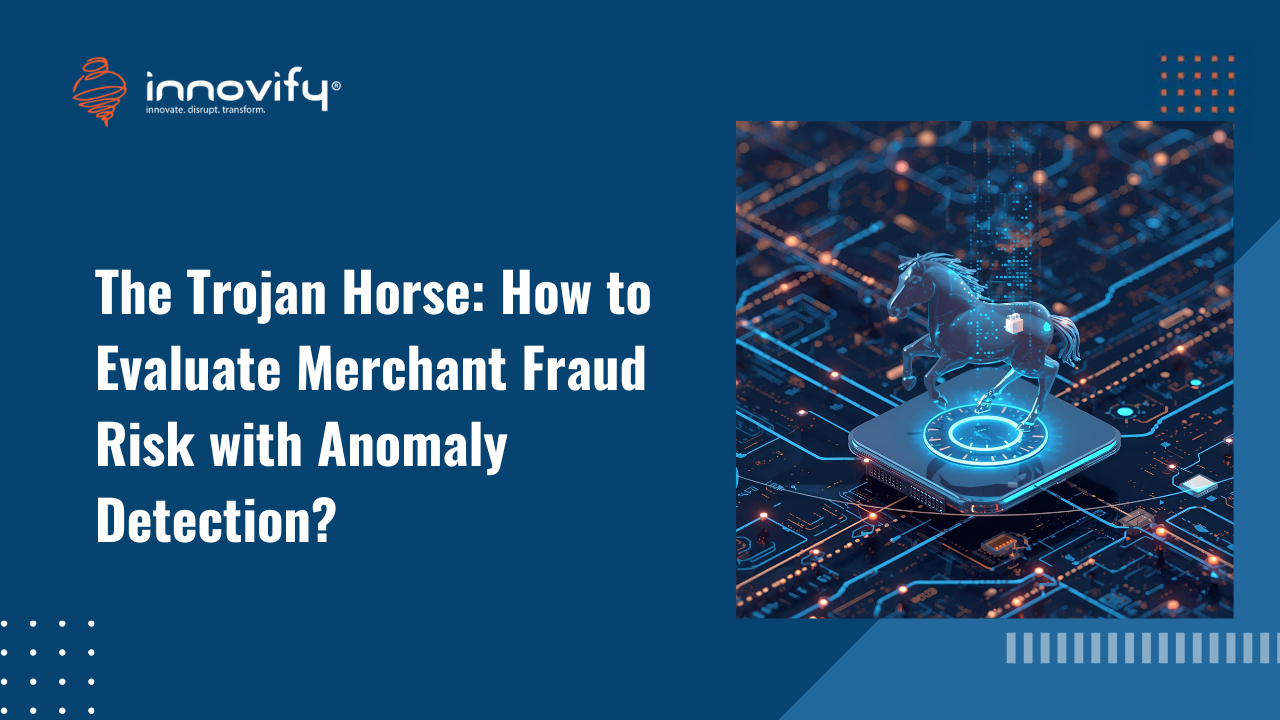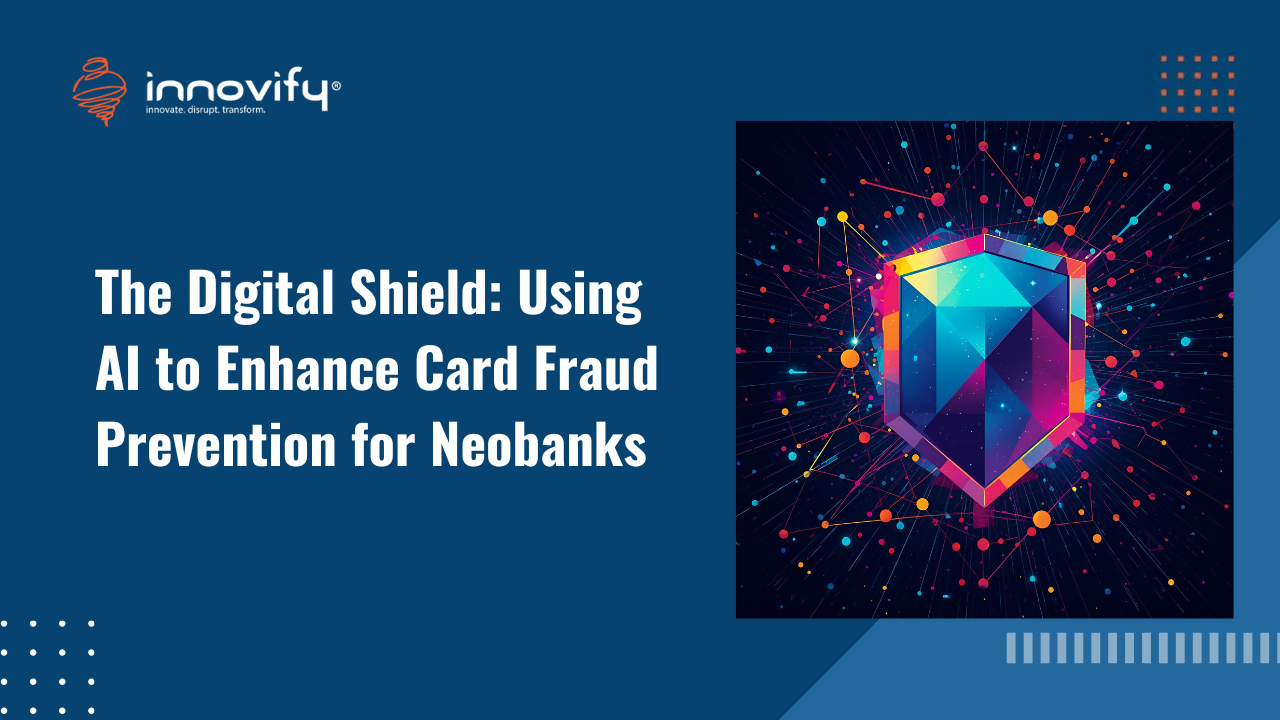AI/ML
Partnering for AI-Driven Insurance Claims Automation
Partnering for AI-driven insurance claims automation (Insurance / Partnership)
The insurance claims process is a major cost center and the primary moment of truth for customer loyalty. It is inherently complex, involving unstructured data (handwritten forms, images of damage, audio files), complex business rules, and a constant threat of fraud. AI-driven claims automation promises to revolutionize this by accelerating claims resolution, eliminating human error, and proactively detecting fraud. However, building and integrating these sophisticated systems – which rely on Computer Vision (CV), Natural Language Processing (NLP), and Predictive Analytics – requires a specialized partner. Partnering AI-driven insurance claims automation demands a vendor who brings not just algorithms, but a deep understanding of the claim’s ecosystem, regulatory compliance, and seamless integration capabilities.
The Technology Stack: Beyond Simple Algorithms
The ideal partner must demonstrate proficiency across the full spectrum of AI technologies required to process a claim end-to-end.
1. Smart Data Capture and Ingestion
The starting point of any claim is unstructured data, which must be digitized and understood.
- Optical Character Recognition (OCR) and Intelligent Document Processing (IDP): The partner must deploy sophisticated OCR/IDP solutions capable of automatically sorting, classifying, and extracting information from documents of any format – First Notice of Loss (FNOL) reports, medical bills, police reports, and repair estimates. This technology must handle variations in document quality (scans, photos, handwritten notes) with high accuracy, eliminating manual data entry.
- Computer Vision (CV) for Damage Assessment: For property and auto claims, the partner must offer CV capabilities. This includes using deep learning models to process photographs and videos of damage (e.g., car accidents, storm damage), automatically identify damaged parts, assess the severity, and cross-reference with vehicle/property data to generate an initial estimate of loss. This significantly accelerates the triage process and reduces the need for costly physical inspections for simple cases.
- Natural Language Processing (NLP) for Intent and Triage: The solution must use NLP to analyze textual data (emails, chat logs, adjuster notes) to quickly understand the claimant’s intent, categorize the claim type, and automatically route it to the correct adjuster or automated rules engine, further reducing processing time.
2. Automated Adjudication, Fraud Detection, and Compliance
The core value of AI lies in automating consistent, compliant decision-making and mitigating risk.
- Automated Rules Engine and Adjudication: The partner solution must feature an automated claims adjudication rules engine capable of applying complex, preset business logic to make consistent decisions (approval or denial) for low-complexity claims. This engine must be flexible, allowing business users (not IT) to easily change rules when regulations or policies are updated.
- Predictive Analytics for Fraud and Severity: A robust partner integrates machine learning models trained on historical data to perform real-time risk scoring. The system should automatically flag suspicious patterns and unusual activities (e.g., multiple claims from the same address, claims filed immediately after policy purchase) for human review, proactively mitigating financial losses from fraud and claims leakage. Furthermore, predictive models can estimate the final claim cost and necessary reserve allocation, improving financial management.
- Compliance and Audit Trails: Claims data is highly regulated. The partner must ensure their solution creates comprehensive, automated audit reports that track every document received, every action taken, and the final decision. This audit trail is crucial for meeting regulatory requirements and simplifying compliance reviews (e.g., HIPAA, state-level insurance mandates).
Strategic Partner Selection and Integration Best Practices
Choosing the right partner requires assessing their strategic fit, not just their technological features.
3. Integration, Scalability, and Data Security
- Seamless Integration with Core Systems: A claims automation solution is useless if it’s an island. The partner must demonstrate a proven ability to integrate smoothly with your existing core insurance systems – policy management platforms, customer databases (CRM), and payment processors. Look for flexible APIs and established integration pathways to ensure data flows naturally and securely.
- Cloud-Native Scalability: The claims process is volatile, spiking after major weather events or economic shocks. The automation platform must be cloud-based and highly scalable to handle massive, rapid increases in claim volume without performance degradation or system overhauls.
- Data Security and Sovereignty: Claims data is sensitive (PHI, financial information). The partner must adhere to the highest standards of data protection, including encryption, role-based access controls, and a clear policy on data sovereignty to ensure all regulatory requirements are met.
4. The Phased Implementation Roadmap
Successful claims of automation are achieved through phased deployment, not a single massive launch.
- Phased Rollout Strategy: The partner should propose an incremental approach, often starting with a high-volume, low-complexity use case (e.g., automated FNOL ingestion or simple glass-only auto claims). Success here builds internal trust and provides fast ROI, which funds the next phase (e.g., full complex claims or specialized fraud detection).
- Human-in-the-Loop (HITL) Design: The best systems are designed to augment human adjusters, not replace them entirely. The partner must ensure the solution is human-centered, providing adjusters with clear, actionable insights and prioritizing their review time for complex or high-risk claims, maintaining quality and customer experience.
- Knowledge Transfer: The partnership should include dedicated training for your claims adjusters and IT staff on how to use, monitor, and maintain the new automated system, securing long-term self-sufficiency.
By prioritizing a partner with deep insurance domain knowledge, robust, multi-faceted AI technology, and a clear, phased integration strategy, insurance carriers can transform their claims process from a liability into a source of competitive advantage and superior customer satisfaction.
Ready to find the right partner for your claim automation initiative? Request a custom AI claims roadmap from Innovify today.




